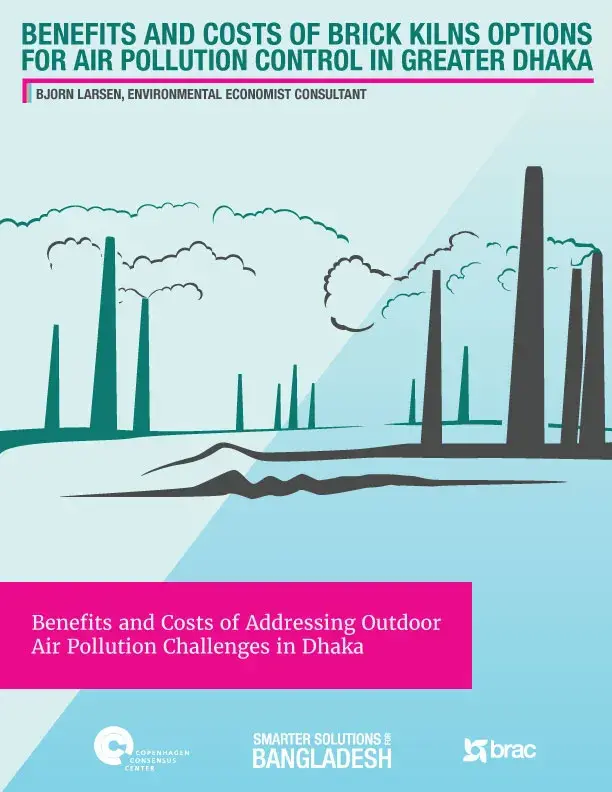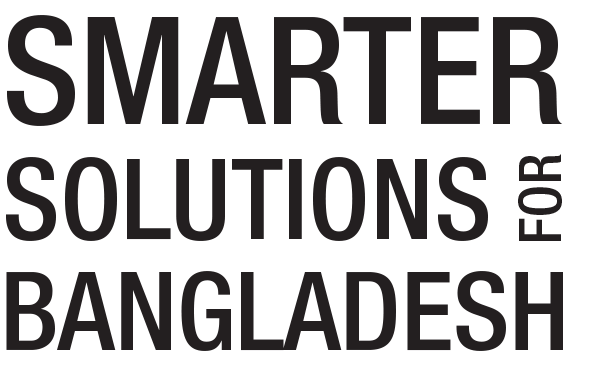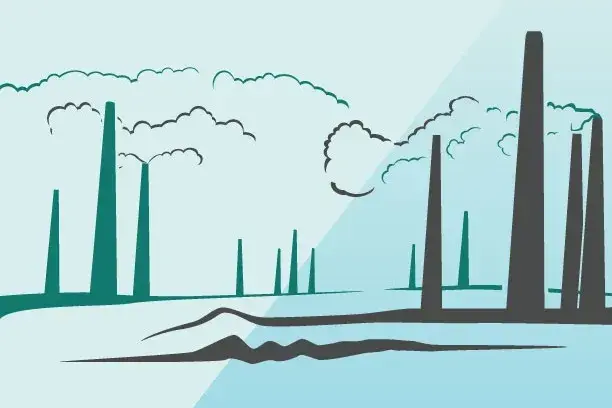Outdoor Air Pollution
During the dry season, Dhaka is one of the most polluted cities in the world. Air pollution levels during this period of the year reach 13-16 times higher than the international quality standard.
The more than 1,000 kilns in the capital that manufacture bricks for construction emit up to 40 percent of all fine-particulate air pollution, killing an estimated 2,000 people each year. And because bricks can only be made during the dry season, kilns exacerbate air quality during the time of year when it is already worst.
Most brick-makers use what are known as fixed-chimney kilns, which are energy inefficient, highly polluting, and overwhelmingly burn poor-quality, dirty coal. Technologies to improve or replace such kilns, however, promise great benefits—both for private owners and for the environment and society at large.
Proposed Strategies
| Strategy | Takas of benefits per taka spent |
|---|---|
| Retrofit kilns | 8 |
| New hybrid kilns | 3 |
Brick kilns options for air pollution control in greater Dhaka
The research examined a simple retrofitting into “improved zigzag” kilns, all the way to the top-of-the-line new hybrid Hoffman kilns. Hybrid Hoffman kilns promise large overall benefits, but the technology requires great investment—Tk 160 million. Upgrading an existing fixed-chimney kiln into an improved zigzag kiln, on the other hand, is 40 times cheaper.
Greater Dhaka is one the largest metropolitan areas in the world with a population of at least 16 million, and has one of the highest annual ambient concentrations of fine particulate matter (PM2.5) of major cities in the world, causing nearly 14 thousand deaths per year."
- Bjorn Larsen

How better technology can make city air cleaner—and help save lives
In a series of op-eds published in The Daily Star and Prothom Alo, Bjorn Lomborg outlined the key findings of the path-breaking research produced by the Bangladesh Priorities project.
Outdoor air pollution is often hard to deal with, because it comes from very many sources, each costly to clean up. But Dhaka is a unique situation becausea large amount of the air pollution comes from a single source: brick production."
- Bjorn Lomborg
What's the smartest solution for Bangladesh?
Do you think that these are some of the best investments Bangladesh can make for her future? After reviewing 1,000s of pages of peer-reviewed research an Eminent Panel ranked 72 solutions from the best to the worst in terms of delivering the most social, economic and environmental value for money. Find out what they ranked the highest here.



